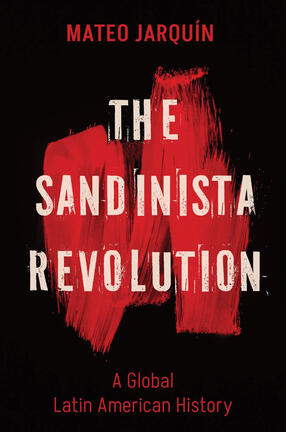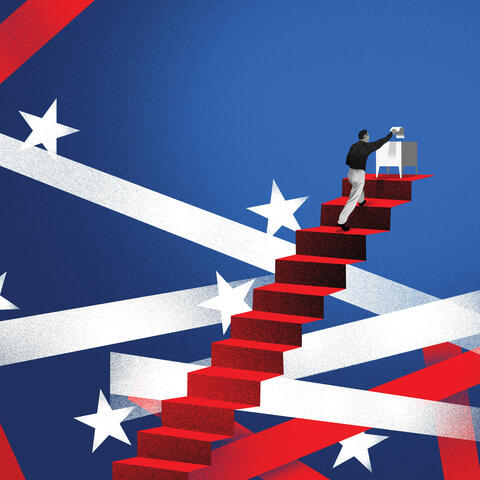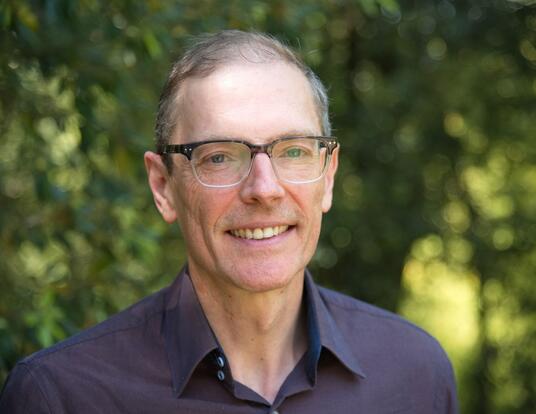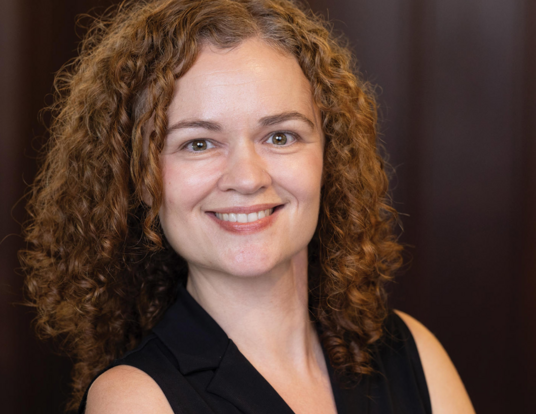Revolution Revisited
Writing a history of the Nicaraguan revolution from the perspective of those who lived it

Mateo Jarquín, PhD ’19, describes his new book, The Sandinista Revolution, as “a history of the Nicaraguan revolution truly told on Nicaraguan terms.” Based on his PhD dissertation and 2019 Harvard Horizons project, the book explores the years between 1979 and 1990 not only from the perspective of his Nicaraguan compatriots but also in the context of the country’s outsized influence on global politics. A better understanding of the Nicaraguan revolution, he asserts, yields new insights about the Cold War and the mark it left on Latin America.
You come from Nicaragua. Your family was involved in the revolution—sometimes on different sides. What influence did that history have on this book?
After the fall of the Somoza dictatorship in 1979, the Nicaraguan society was divided. Sandinista leaders embarked on a crusade to remake the country and sweep away all vestiges of the old regime. You were either for the revolution or against it.
My family didn’t fit neatly into those boxes. Both of my parents were members of the Sandinista government. Both had siblings in the US-backed opposition. After the revolution, we experienced a sort of tense reconciliation, as did many Nicaraguan families. It exemplified what happened at the national level.
My book isn’t about this personal history, but my research was shaped by it in countless ways. I started this work with the intuition and conviction that an account of this time in Nicaragua had to allow for complexity and messiness. It had to be skeptical of the broad categories and concepts scholars use to make sense of revolutions in general.
What does it mean to tell the story of the Sandinista revolution on Nicaraguan terms, as you try to do in the book?

President Ronald Reagan’s decision to fund anti-Sandinista insurgents known as the Contras in the 1980s ignited intense political debates, culminating in the Iran-Contra scandal. Consequently, most scholarship at the time reflected that US-based discourse. Even today, some of the richest and most widely read accounts of the revolution tend to be written from an American perspective and center on the motivations, consequences, and justification of US military intervention in Central America.
Of course, the way that Nicaraguans remember the revolution couldn’t be more different. For better or worse, they don’t think of Ronald Reagan and Oliver North as major protagonists or antagonists; they are fundamentally focused on the struggles between Nicaraguans. While my book places the history of the revolution in an international context, the main characters are the leaders of the Sandinista government because it’s important to tell this story in a way that gives agency to the people who lived it, who had the greatest impact, and who had the most at stake.
Nicaragua is a small country. It’s not an economic, military, or geopolitical power. Why is it important to better understand the revolution there?
It was the last major revolution of the 20th century—a rapid, violent change of government that preceded a radical effort to remake the socioeconomic structure, institutions, and even values of a society. In that sense, it was an important milestone in the transition from the Cold War era, when the Global South was alive with revolutionary movements, to the present day. That’s the global significance.
In Latin America, the Sandinista revolution was the first time—and last, it turned out—that the armed left managed to seize power after the Cuban revolution. The effect it had on regional politics was not unlike that of the Mexican and Cuban revolutions. Armed leftist organizations in other countries, especially in Central America, looked at what the Sandinistas did and said, “We can do that, too. That’s a blueprint for our success.” The slogan became, “Si Nicaragua venció, El Salvador vencerá”—if Nicaragua vanquished, El Salvador shall vanquish as well. This sentiment also affected Guatemala.
The Sandinista victory inspired many peer organizations across the region but also caused a huge backlash. Right-wing forces across Central America looked at what happened in Nicaragua and asked, “What do we need to do to avoid suffering the same fate as Somoza?” The ideological and geopolitical dimensions of the Cold War intensified these regional dynamics. The result was the most violent episode of Latin America’s history during the Cold War, in which around 300,000 people died.
Finally, you say that the Sandinista revolution began as an effort to democratize Nicaragua socially and economically. Today, you describe Nicaragua as an authoritarian state ruled by the family of Daniel Ortega, the former Sandinista leader. So, what’s the legacy of the revolution?
In the book, I resist the temptation to draw a direct line between the 1980s and today. Mr. Ortega and his wife claim to be carrying on the legacy of the revolution. Those from hardline anti-Sandinista backgrounds tend to agree, except they cast it in a very negative light. They argue that everything wrong with Nicaragua today is a direct consequence of 1979 and the policies of the 1980s. Still other Nicaraguans including many who supported the revolution, see Ortega as a usurper who betrayed the values of the original Sandinista project. They don’t see continuity but rather a break with the past, and they think comparisons with the earlier Somoza regime are more instructive coming from a society that was born of revolution and counter-revolution, where people have Manichaean outlooks driven by absolutes, I think what we need now is a little more room for unanswered questions and open-ended discussion.
Get the Latest Updates
Join Our Newsletter
Subscribe to Colloquy Podcast
Simplecast




